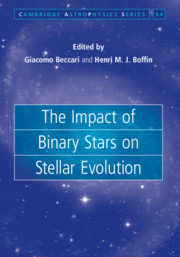As a result of the slow action of two-body encounters, globular clusters develop mass segregation and attain a condition of only partial energy equipartition even in their central, most relaxed regions. Realistic numerical simulations show that, during the process, a radially-biased anisotropy profile slowly builds up, mimicking that resulting from incomplete violent relaxation. Commonly used dynamical models, such as the one-component King models, cannot describe these properties. Here we show that simple two-component models based on a distribution function originally conceived to describe elliptical galaxies, recently truncated and adapted to the context of globular clusters, can describe in detail what is observed in complex and realistic numerical simulations.

